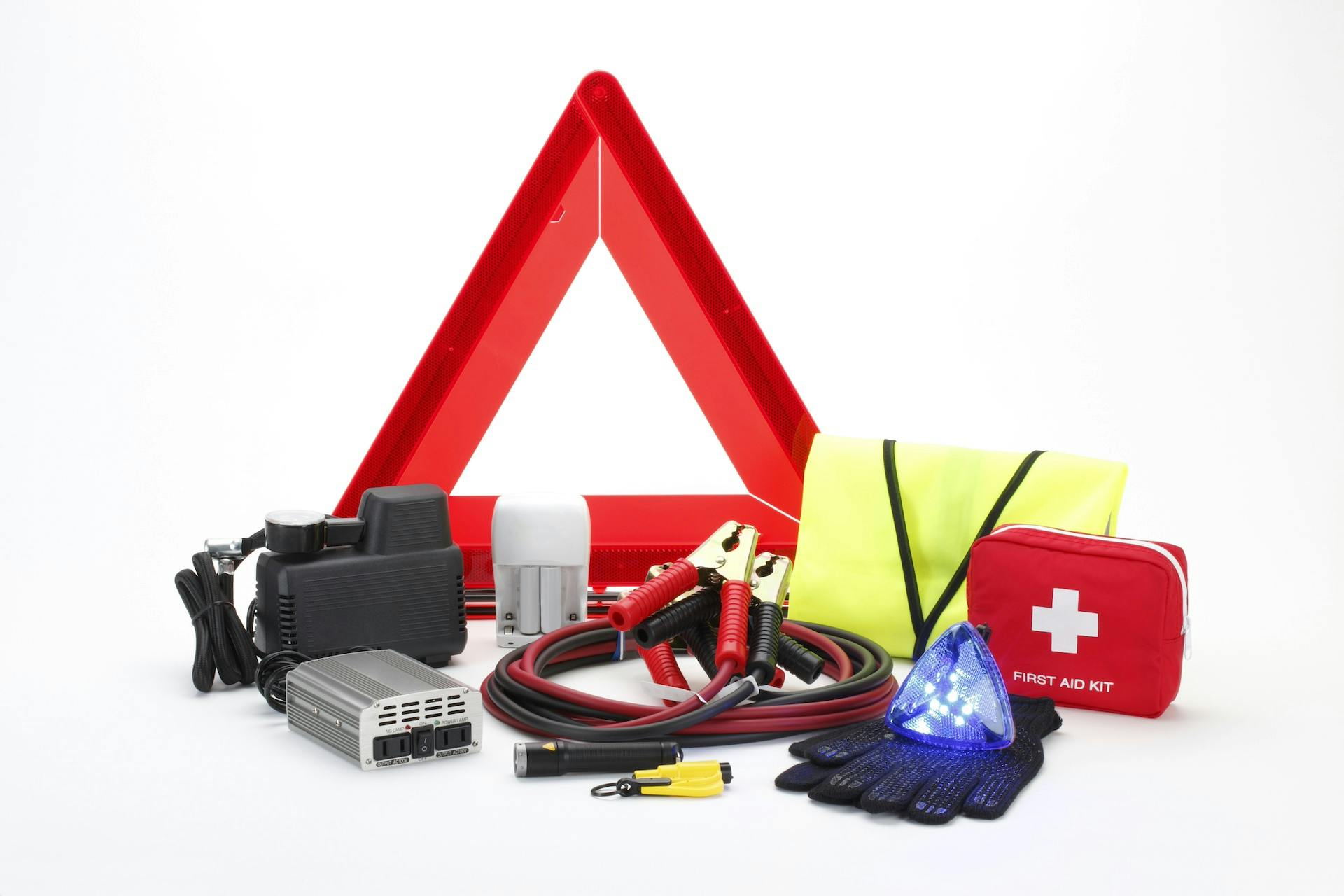
National Preparedness Month: Car Preparedness Guide
September is National Preparedness Month, a time dedicated to encouraging emergency readiness. Launched by FEMA in 2004, this initiative supports individuals, families, businesses, and communities in effectively managing emergencies. With Americans spending around 18 days on the road each year, vehicle preparedness is essential. Make sure you’re ready for accidents, breakdowns, and other unexpected incidents!
Why Vehicle Disaster Preparedness Matters
Driving is one of the most dangerous daily activities. Statistics show that road accidents are common, and breakdowns can occur unexpectedly. Being prepared can make a significant difference in how you handle these situations, ensuring safety and peace of mind.
Essential Steps to Prepare Your Vehicle for Emergencies
Safety involves minimizing risks and avoiding hazardous situations, providing peace of mind by instilling confidence that emergencies can be handled effectively. This approach also enhances efficiency by reducing downtime and enabling a quicker return to the road.
1. Choose a Bag
Choose a durable, high-capacity bag to store your emergency supplies. A duffel bag or a specialized bag like the RUSH LBD Lima, with 56L of capacity and shoulder straps, is ideal for this purpose. Keep it in an easily accessible location, like your trunk or behind your rear seats.
2. Pack Tools
Equip your vehicle with versatile tools for minor repairs and emergencies:
- Multitool: Essential for minor fixes; consider one with a glass breaker for emergencies.
- Seatbelt Cutter: Keep within arm’s reach for a quick escape if needed.
- Recovery Tools: A folding E-Tool or small shovel can help you get unstuck from sand or mud.
- Illumination: Headlamps and handheld lights for nighttime repairs.
- Road Flares: Ensure you’re visible to other drivers during roadside emergencies.
- Fire Extinguisher: A Class A, B, and C-rated extinguisher can save lives and property.
3. Don’t Forget Supplies
Stock your vehicle with essential supplies:
- Water: For hydration and as a temporary substitute for radiator fluid (research how to do this safely).
- Gas Can: For emergencies and extending your range; never store a filled can inside your vehicle.
- Medical Supplies: Basic first aid kit, including bandages, antiseptic, and a tourniquet.
4. Cover and Protection
Prepare for the elements and manual tasks:
- Poncho: Keep dry during roadside repairs.
- Masks: For unexpected needs.
- Gloves: Protect your hands during repairs.
- Warm Clothes: A change of warm clothing can be a lifesaver.
- Footwear: Keep sturdy, waterproof boots in your vehicle.
Join the Community Effort
National Preparedness Month is a collaborative effort involving government agencies, nonprofit organizations, businesses, schools, and communities across the nation. This year’s theme, “Start a Conversation,” encourages discussing emergency preparedness with family and friends. Set aside time to talk about steps you’ve taken to prepare and encourage others to ask questions and share their own preparedness actions.
Protect Yourself on the Road with the Right Car
Preparing your vehicle for emergencies is a crucial step in ensuring your safety on the road. Use the tips above to gather supplies and create a properly stocked vehicle disaster kit. For more resources and information on preparing for emergencies, visit Ready.gov.
Make sure you’re also driving a vehicle that’s ready for anything nature can throw at you. With the help of Steven Toyota, you can have a new vehicle with enough room for any extensive preparedness kit along with great safety features like Toyota Safety Sense to keep you safe on your day-to-day drive. Dump your old deathtrap and choose something that’s surefooted and dependable on the road today.


